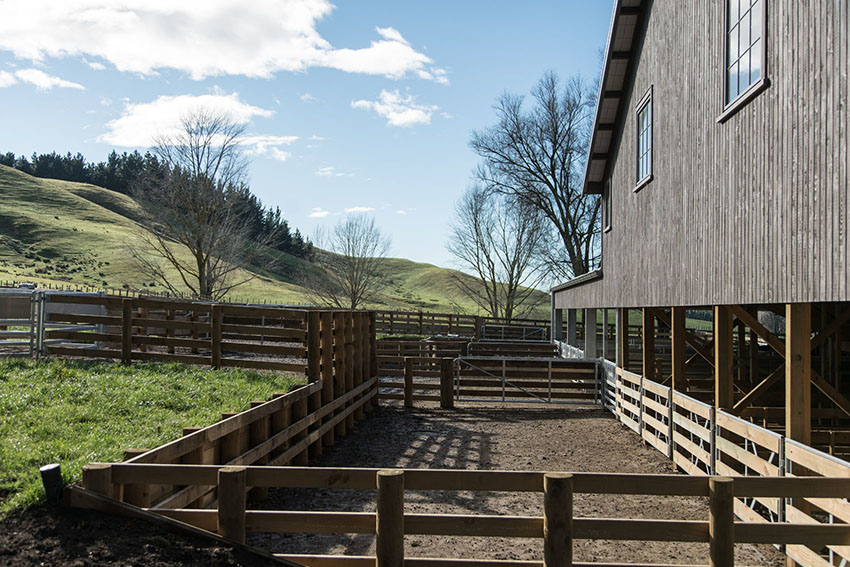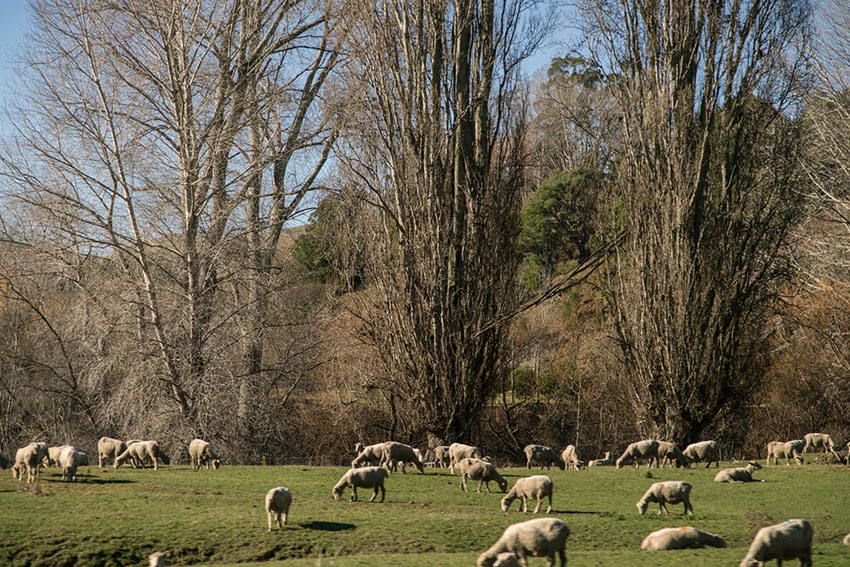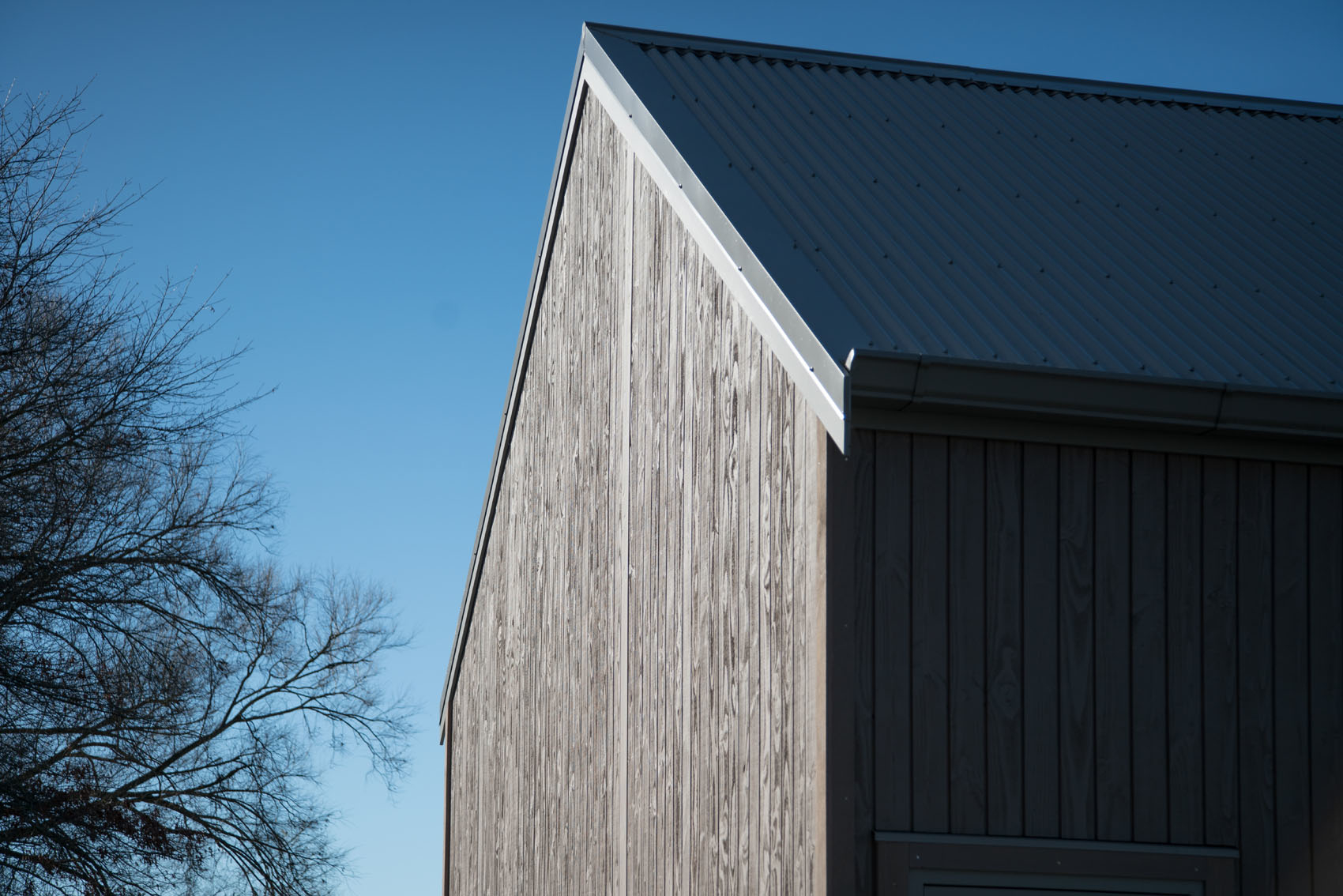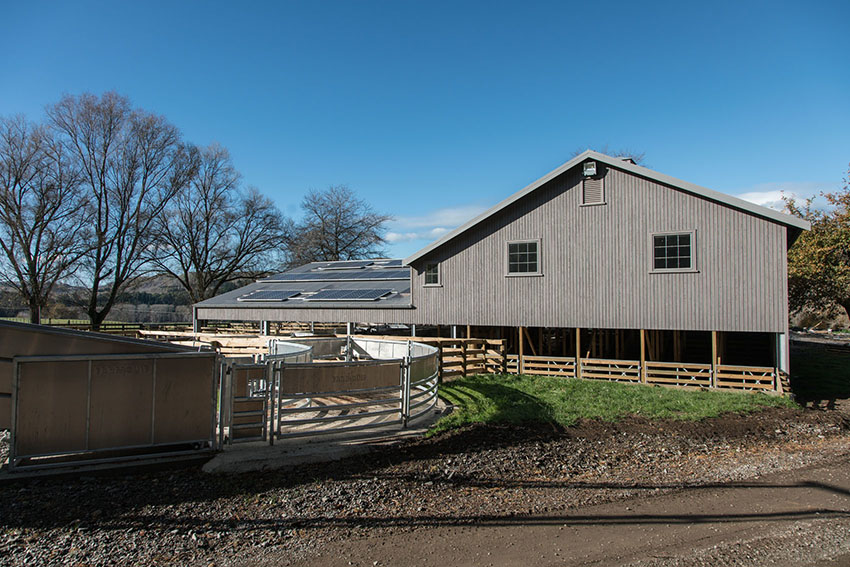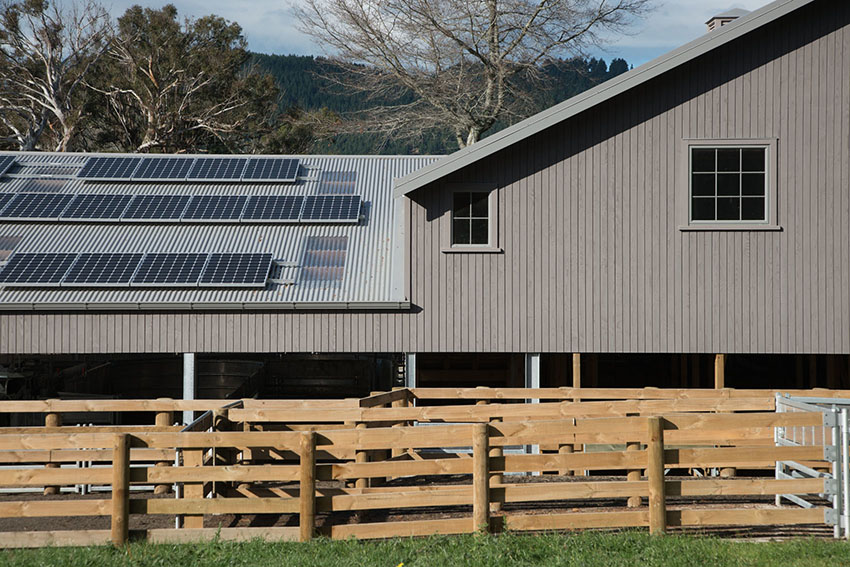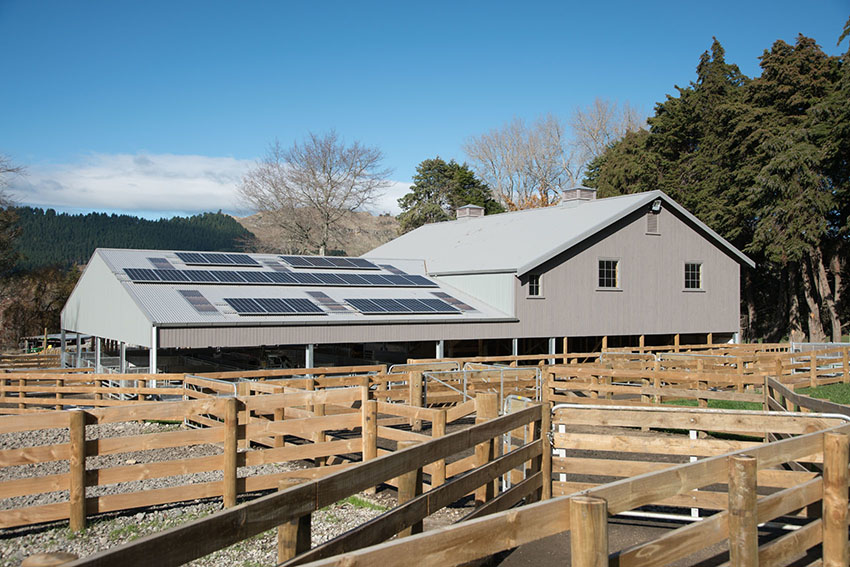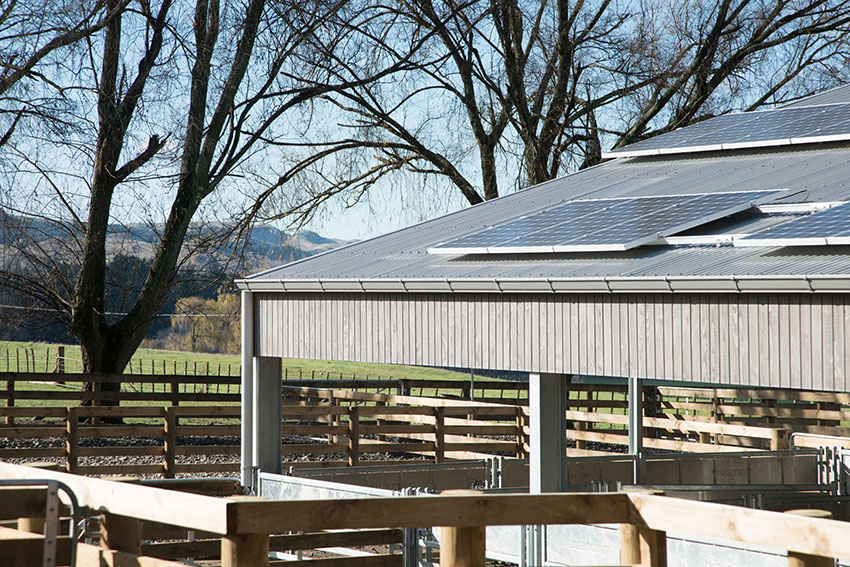Matangi Farm
Matangi Farm
Pollen Workshop was engaged as the landscape architect in 2015 for Matangi Farm, a sheep and beef station that cloaks the rugged limestone outcrops and ridges that flows down to the valley floor of the Tuki Tuki.
Brief:
Create an overarching plan for the farm (to include buildings) that was; sustainable, simple and highly functional.
Key Features:
The breadth of this incredible opportunity allowed for the freedom to design a farm environment inclusive of all of the elements that make up it’s whole. The project needed to:
- Rejuvenate the overall image of the farm infrastructure and style of the property.
- Matangi Farm required all new buildings to be built, including a woolshed, tractor sheds, large implements shed and an office, Pollen Workshop designed these buildings to sit amongst the landscape and holistic Farm entity.
- Improve water quality through riparian corridors and set a benchmark for farms that border the Tuki Tuki river with regards to sustainability and water quality.
The Shed and Building hub is essentially a microcosm of what is achieved with the larger extent of the farm. That being: sustainable, simple and highly functional.
The buildings themselves are subtle in style yet, sleek in form. The iconic landscape of the Tuki is reflected in the overall look of the design. Sustainability is a key focus, with embodied energy being kept to a minimum, both in the construction and in the material selection. The bold goal was to be off the grid where possible whilst maintaining functionality and remaining practical – as a kiwi woolshed should.
The outcome is an off the grid shed complex, clad in locally grown thermally modified pine. The large central courtyard is the hub of the farm complex, integrated stormwater rain gardens and swales planted with natives surround the buildings settle them in.
On the Farm itself, we identified areas of marginal farmland that was to be retired from grazing and is now fenced. These gullies are home to species of Kowhai, Titoki and Harekeke that are climatically sympathetic to the precise location. Subsequent cultivation of many of these species has followed, and over two seasons, 10,000 natives have been planted in these corridors.




